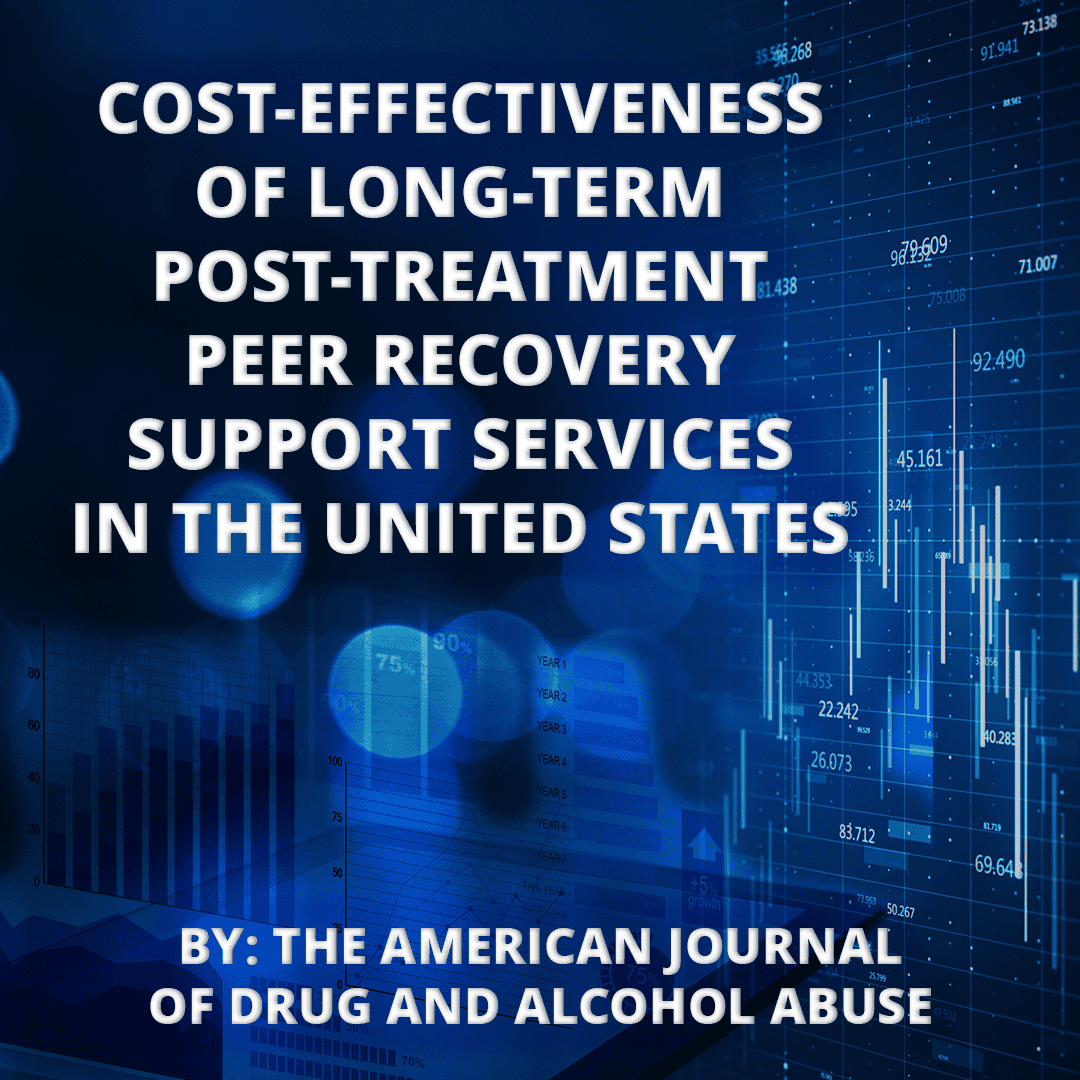
This study presents the first economic evaluation of peer recovery support services (PRSS) in the US. Economic evaluations tell policymakers, funders, and the public about the kind of economic impact we can expect from a service or intervention. For this study we used cost-effectiveness analysis, which boils down to the cost of a service for every unit of good health that it produces, compared to something we’re already paying for.
For this study, we involved two recovery community centers (RCCs) – Communities for Recovery and RecoveryATX – closely in the development of our analysis. This kind of community involvement in line with the latest guidelines from expert health economists, and consistent with the ethos of “nothing about us without us” central to much of recovery research. After digging up as many scientific papers, reports, dissertations, and conference presentations on PRSS as we could find (summarized in a separate paper), we put together an initial plan for our analysis, went over every piece with the RCCs, and incorporated their feedback into the final analysis.
As many have suspected, PRSS are, indeed, cost-effective! That means that, compared to the kind of acute, specialty SUD treatment that we already pay for, PRSS deliver more good health at a lower cost: about $3,400 for every good year of life PRSS adds and about $6,000 for every additional person in long-term recovery, compared to specialty treatment alone when looking at big-picture, societal costs. We chose to take a conservative approach to ensure we weren’t painting an overly-rosy picture of PRSS, so it’s possible we have under-estimated actual PRSS efficiency. When we performed sensitivity analyses – a way of looking at how cost-effectiveness might change under different real-world scenarios – we found that PRSS was very likely to be highly cost-effective, beating the cost of specialty SUD treatment at least 60% to 75% of the time.
It can be challenging to take an analysis of an “average” PRSS program and apply those results to your own program, since real-world conditions vary widely. We worked with our two RCC partners to build out a cost-effectiveness calculator that allows PRSS providers to enter their own information and get results specific to your program, available for free here: https://go.uth.edu/cea.
